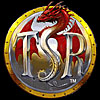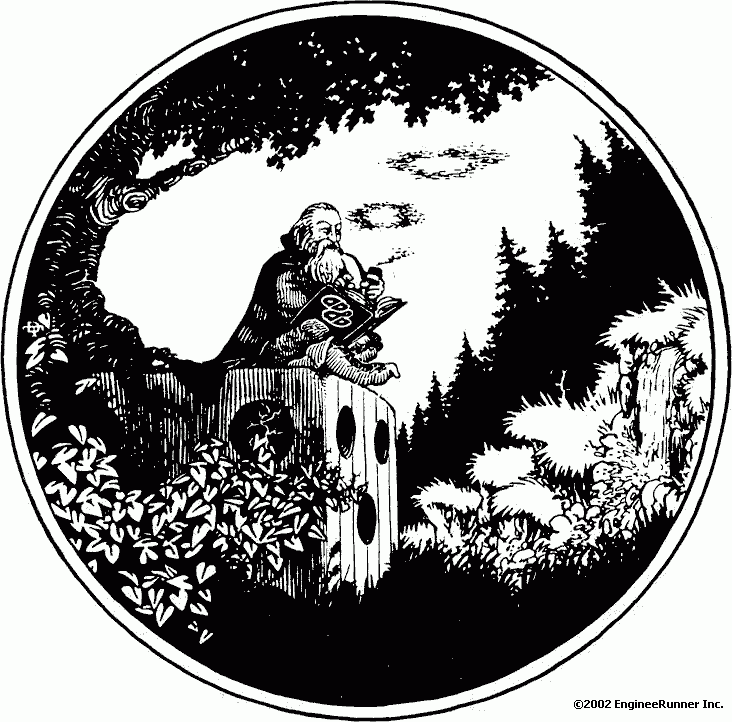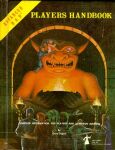
II.
II.a.
III.
IV.
IV.a.
IV.b.
IV.c.
IV.d.
IV.e.
IV.f.
V.
D&D Animated Cartoon Series
D&D Episode Listing
AD&D Action Figure Imagery - toy box scans
AD&D: Player's HandBook, 1st Edition by Gary Gygax, 1978 TSR Games
Character Abilities
Character Races: Dwarf, Elf, Gnome, Halfling, Human, etc.
Character Classes: Cleric, Druid, Fighter, Paladin, Ranger, Magic-User, Illusionist, Thief, Assassin, Monk + Bard
Alignment
Psionics
Known Planes of Existence
Download

 Down
below are excerpts from the 1st Edition of AD&D:
Player's HandBook by Gary Gygax (1978 TSR Games) with some info
with cover and image scans by EngineeRunner. This is to show how great
the game is!
Down
below are excerpts from the 1st Edition of AD&D:
Player's HandBook by Gary Gygax (1978 TSR Games) with some info
with cover and image scans by EngineeRunner. This is to show how great
the game is!